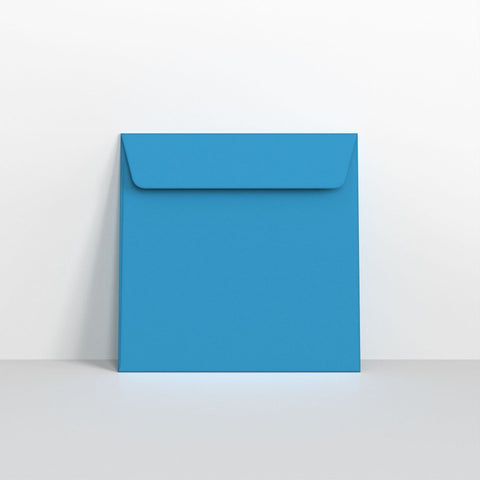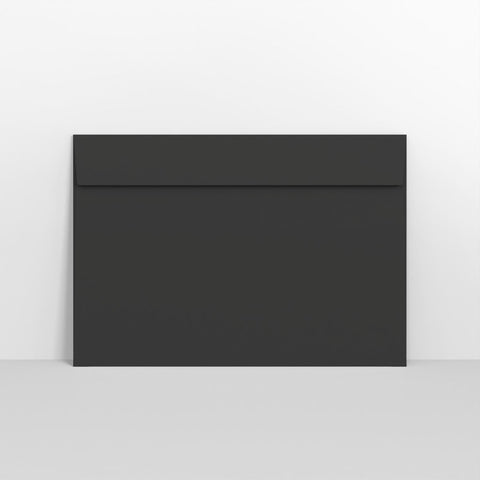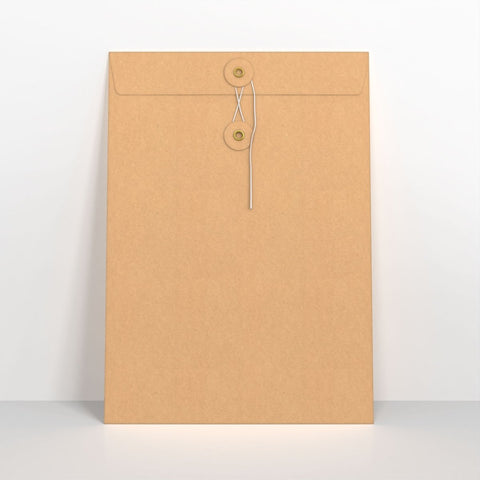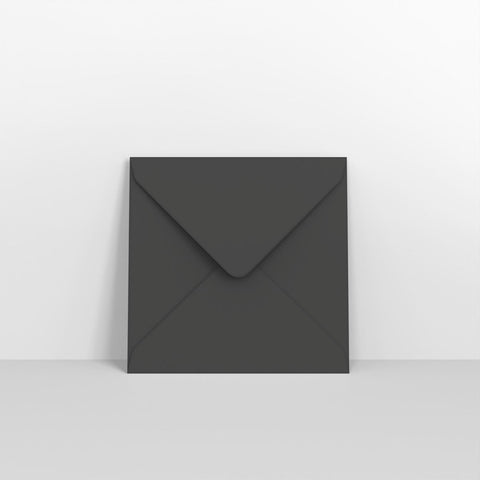Your Complete Guide to Envelope Sizes, Types & Closures
Envelope Sizes
When it comes to shipping, choosing the right envelope size is crucial for protecting your items and ensuring a perfect fit. From standard sizes like DL and C4 to specialised options like gusset or machinable envelopes, we’ve got all the information you need to make an informed decision. Explore our guide to envelope sizes and discover their unique uses, from mailing important documents to sending greeting cards. We’ll even introduce you to lesser-known envelope formats designed for specific needs, ensuring your shipments are secure and professional.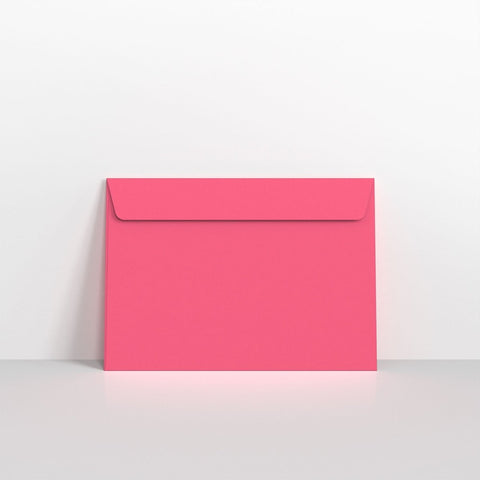
C5 Size Guide
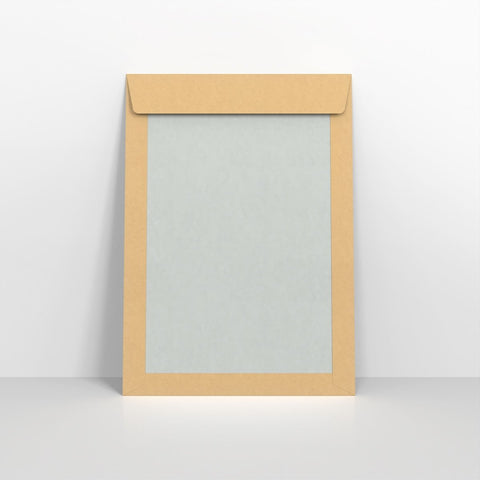
C4 Size Guide
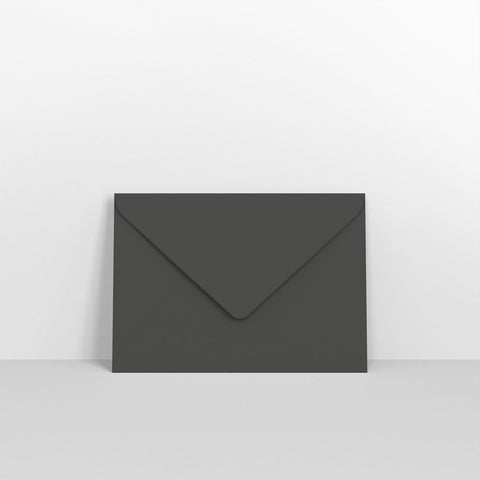
C6 Size Guide
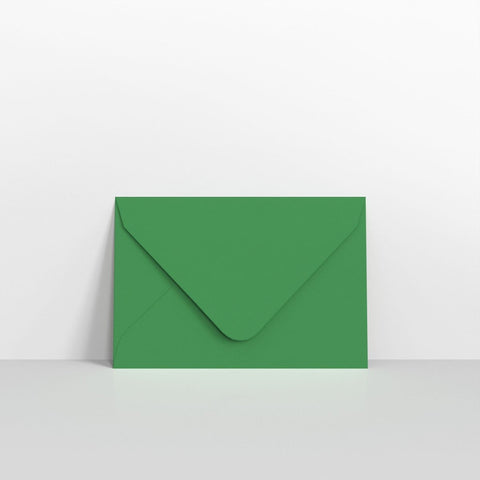
C7 Size Guide
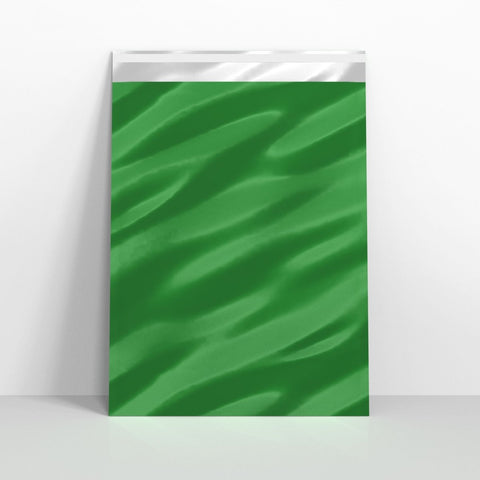
C3 Size Guide
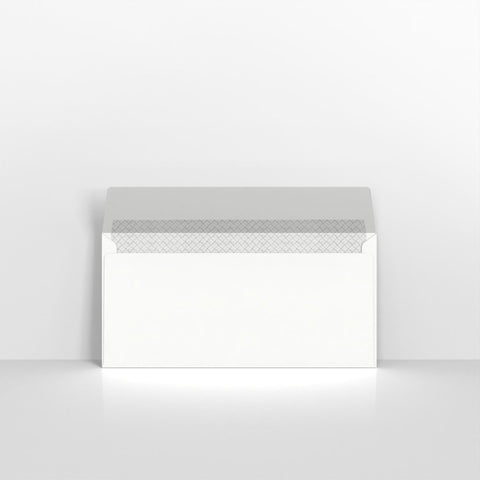
DL+ Size Guide

DL Size Guide
"C" in Envelope Sizing
In envelope sizing, you may have noticed the use of letters like A, B, and C. The C envelope size is derived using the geometric mean of A and B sizes with the same number. This calculation results in a size that precisely fits the A size paper.
For instance, calculating the geometric mean of A4 and B4 paper provides the dimensions of a C4 envelope, which flawlessly holds an A4 sheet of paper unfolded.
| C Name and Number | Size in mm | Size in cm | Size in inches | Standard Paper Size |
|---|---|---|---|---|
| C0 | 917 x 1297 | 91.7 x 129.7 | 36.1 x 51.1 | A0 Sheet |
| C1 | 648 x 917 | 64.8 x 91.7 | 25.5 x 36.1 | A1 Sheet |
| C2 | 458 x 648 | 45.8 x 64.8 | 18 x 25.5 | A2 Sheet |
| C3 | 324 x 458 | 32.4 x 45.8 | 12.8 x 18 | A3 Sheet |
| C4 | 229 x 324 | 22.9 x 32.4 | 9 x 12.8 | A4 sheet, A3 sheet folded in half |
| C5 | 162 x 229 | 16.2 x 22.9 | 6.4 x 9 | A5 sheet, A4 sheet folded in half |
| C6 | 114 x 162 | 11.4 x 16.2 | 4.5 x 6.4 | A6 sheet, A4 sheet folded in four equal parts |
| C7 | 81 x 113 | 8.1 x 11.3 | 3.2 x 4.4 | A7 sheet, A5 sheet folded in four equal parts |
| C8 | 57 x 81 | 5.7 x 8.1 | 2.2 x 3.2 | A8 Sheet |
| C9 | 40 x 57 | 4 x 5.7 | 1.6 x 2.2 | A9 Sheet |
| C10 | 28 x 40 | 2.8 x 4 | 1.1 x 1.6 | A10 Sheet |
Types of Envelope Closures and Seals
Envelope Closure Types The way an envelope closes can significantly impact its functionality and suitability for various purposes. Whether you need a secure seal for confidential documents, a quick and easy closure for everyday mailing, or a reusable option for repeated use, understanding the various closure types is essential. In this section, we explore the most common envelope closures, including peel and seal, self-seal, gummed, string and washer, and clasp closures. Each option meets specific needs, from business correspondence to promotional materials or personal greetings. Discover the benefits of each closure type and find the ideal solution for your mailing needs.
Peel and Seal
Peel and seal envelopes are a popular choice for fast and secure mailing. Featuring an adhesive strip covered by a protective layer, these envelopes are incredibly easy to use—just peel off the strip and press to seal. Known for their strong and professional closure, peel and seal envelopes are widely used for business correspondence, invoices, and bulk mailings. Options like white peel and seal envelopes and DL peel and seal envelopes are among the most commonly used.
String and Washer
String and washer envelopes feature a unique closure system with a circular washer and attached string, allowing for secure sealing and easy reopening. This reusable design makes them ideal for archival purposes, document storage, or interoffice correspondence. Available in various sizes and materials, string and washer envelopes provide a durable and stylish solution for professional and creative uses. Popular options include brown kraft string and washer envelopes, perfect for adding a classic touch to your packaging.
Gummed
Gummed envelopes are a traditional and cost-effective sealing option. The adhesive along the flap is activated with moisture, requiring either licking or a damp sponge to seal. This type of envelope is commonly used for everyday office correspondence and standard letters. Affordable and practical, gummed DL envelopes remain a staple for general mailing needs.
Self Seal
Self-seal envelopes offer a mess-free and efficient sealing solution. With adhesive pre-applied to both the flap and body, you simply press them together for an instant seal. These press-seal envelopes are perfect for high-volume use in offices or mailing centres. Popular sizes such as C5 self-seal envelopes make them suitable for everything from letters to marketing materials.
Grip Seal
Grip seal envelopes are designed with a secure zip-lock style closure that makes them tamper-evident and reusable. Ideal for packaging small items, documents, or promotional materials, these envelopes are durable and versatile. Grip seal envelopes are widely used for both personal and professional applications where safety and convenience are key.
Types of Envelopes
Choosing the right envelope type is as important as selecting the correct size. With a variety of options available, each envelope style serves a unique purpose, from professional correspondence to mailing bulky items or sending personal greetings. In this section, we’ll guide you through the most common envelope types, including wallet, pocket, gusset, banker, and mailing wallets, explaining their distinct features and ideal uses. Whether you’re looking for a secure option for important documents or a stylish choice for invitations, you’ll find everything you need to make an informed decision. Read on to discover the perfect envelope for your needs.
Wallet Envelopes
Wallet envelopes, featuring a flap on the long edge, are versatile and widely used across various applications. They often come with a straight flap, but those designed for mailing machines may have a trapezium-shaped flap, ideal for automated processes. Triangular flap variations, such as white wallet envelopes or peel and seal envelopes, are popular for greeting cards, personal correspondence, and DL envelopes. Wallet envelopes are available in various sizes, including C5 envelopes.
Pocket Envelopes
Pocket envelopes have their flap on the short edge and typically feature a straight flap. They are commonly used for sending important documents, such as contracts or certificates, which should remain unfolded. Manilla pocket envelopes and peel and seal pocket envelopes are particularly suited for secure and professional mailing. Popular sizes include A4 pocket envelopes and C4 pocket envelopes.
Gusset Envelopes
Gusset envelopes, equipped with expandable sides, are perfect for bulky items like catalogues, reports, or product samples. These expanding seams allow for greater capacity while maintaining a professional appearance. Most gusset envelopes are in a pocket style, with either a block bottom or V-bottom. The V-bottom gusset envelopes, including peel and seal gusset envelopes and manilla gusset envelopes, are particularly suited for overprinting and high-volume mailing. C4 gusset envelopes are a common choice for documents.
Banker Envelopes
Banker envelopes feature a diamond or V-shaped flap and are often associated with greeting cards or invitations, making them a go-to choice for formal and personal correspondence. These classic greeting card envelopes and invitation envelopes are available in various finishes, including V-flap envelopes. DL banker envelopes are commonly used for elegant stationery and high-end personal letters.
Mailing Wallets
Mailing wallets are a specialised type of wallet envelope with a trapezium-shaped flap, designed for use with automated mailing systems. These machinable envelopes are available in a range of specifications to suit different mailing machines. Variants such as window mailing envelopes, C5 mailing wallets, and white mailing wallets are commonly used for professional correspondence and mass mailings.





